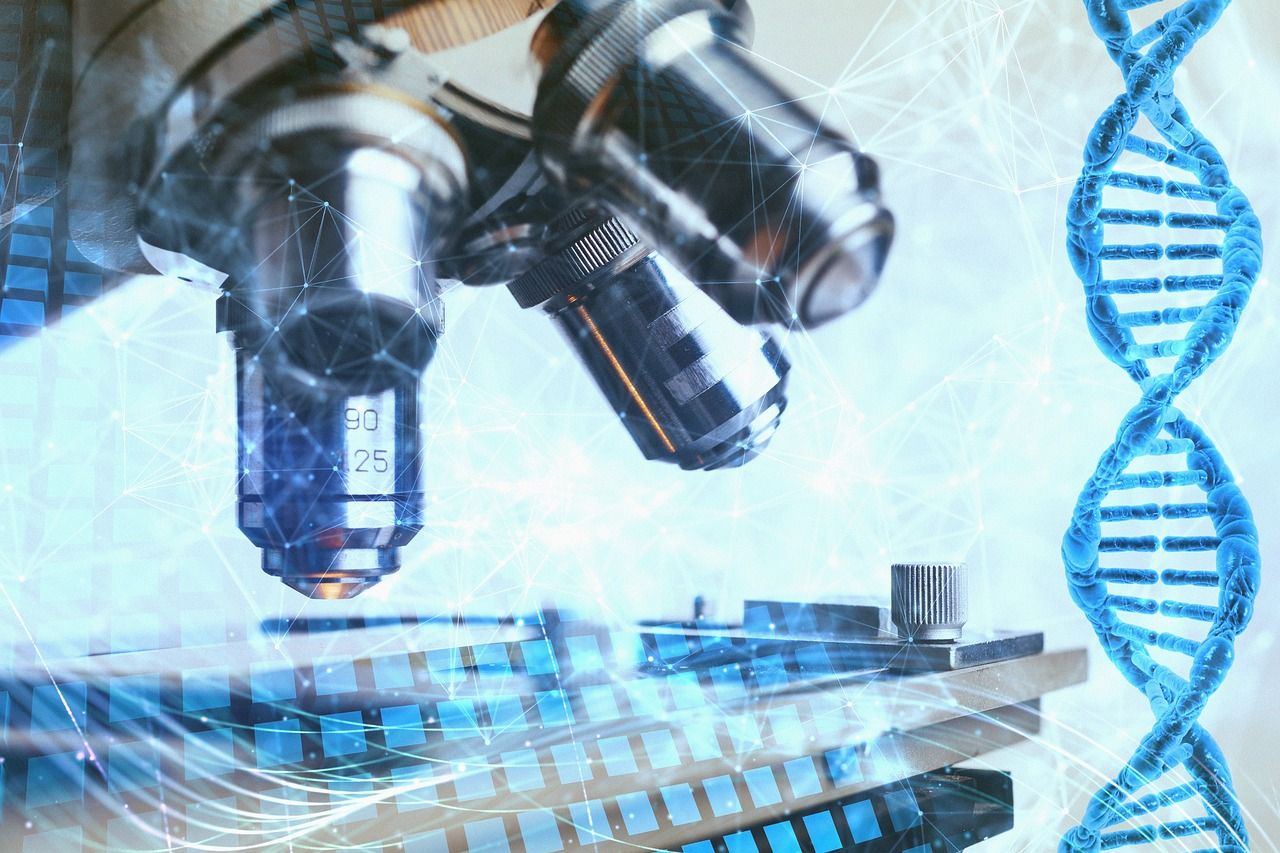What is a laboratory management system (LIMS)?

Share this article
What is a laboratory management system (LIMS)?
A laboratory management system (LIMS) is a software system that works to streamline lab operations by automation processes. A lab management system usually serves as a central hub that manages lab workflows to ensure efficiency and accuracy.
The Key Features and Benefits
- Workflow automation
Automation is very valuable in a laboratory setting where repetitive and complex tasks are common. LIMS can automate these tasks which can reduce errors made by workers doing the job manually, and frees up staff to focus on the more complex processes which require human intervention. This can significantly increase the effectiveness and productivity of a lab.
- Sample management
You can use LIMS to track the whole lifecycle of samples, from receipt to disposal. This is beneficial as it provides a clear trail for auditing for the purposes of compliance, and it also ensures that samples are correctly handled.
- Data management
By centralising data storage, as well as providing data analysis and reporting, LIMS can be used to make data-based decisions in the lab. A LIMS can also be integrated with commonly used lab instruments to automate the transfer of data to speed up analysis and remove manual input errors.
- Collaboration in the lab
Enhanced collaboration can improve the efficiency and performance of the lab. LIMS facilitates the collaboration between staff members in the laboratory by allowing shared data and real-time data transfer.
Types of laboratory management systems
There are three main types of LIMS:
- Standalone: These are designed for single labs and have the ability to track samples and manage data.
- Enterprise: These are suitable for larger organisations with multiple labs. They provide more advanced data management and sample tracking.
- Cloud-based: These offer flexibility and scalability due to being hosted on the cloud and accessible from anywhere via an internet connection.
How to Choose the Right LIMS
When choosing the right LIMS for your lab, it’s important to consider your specific needs and workplace set up. Here are our tips of factors you should think about when weighing up which LIMS to choose:
- The size of your lab and complexity of tasks
- Which industry regulations are relevant for your lab to follow
- Which systems and instruments you need the LIMS to integrate with
- The expected future growth of your lab and level of scalability you require
- The total cost of ownership which will include implementation, license fees, and maintenance on an ongoing basis
To conclude, by using a LIMS, labs can improve their overall performance, accuracy, efficiency and regulatory compliance. If you’d like to discuss the right LIMS for your lab, Astech’s experts can help - contact us today for more information.


